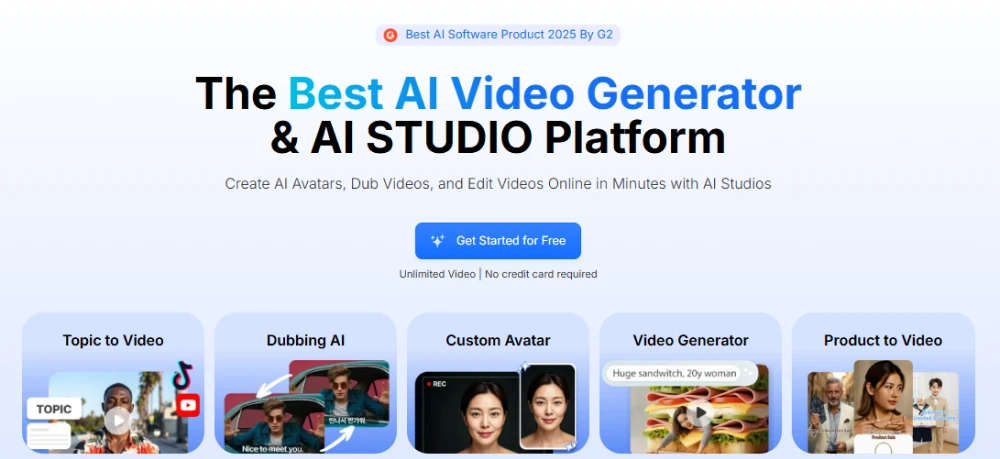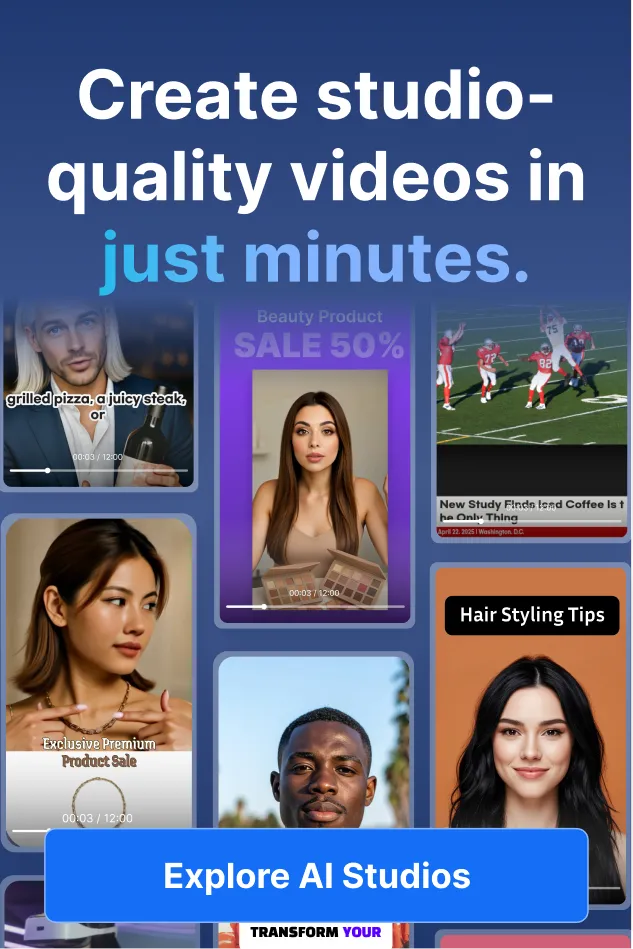我们现在生活在一个任何人都可以使用人工智能创建视频的时代。即使没有视频制作经验的人也可以制作看起来像电影般的场景,并自豪地在社交媒体上分享。
但是在某个时候,许多人开始感到: “缺少了一些东西。”
这些视频可能看起来不错,但缺乏深度和意义。就像一本故事和情感不佳的书或电视剧无法引起人们的兴趣一样,视频需要的不仅仅是视觉吸引力。
尤其是在必须快速传递强烈信息的广告中,超越感觉的逻辑结构至关重要。人工智能生成的视频也不例外。它们需要基于电影研究中的逻辑原理和美学,才能真正与观众建立联系。
本文将探讨对商业视频至关重要的两个关键原则: 视角 和 剖面图。这些有助于制作不仅具有视觉冲击力,而且有意义和引人入胜的视频,从而更好地引起观众的共鸣。
1。视角:用逻辑完成人工智能广告,而不仅仅是感觉
这个 视角 比相机捕捉的还要多。它影响文化意义、心理距离以及消费者对产品的看法。
在传统拍摄和人工智能生成的视频中,角度塑造了对拍摄对象的情感和态度。例如,远摄角度通过隔离拍摄对象来营造排他感和抱负感,而广角则使场景感觉熟悉和亲密。在人工智能广告中,深思熟虑地使用视角对于创造正确的情感影响并在更深层次上与观众建立联系至关重要。
什么是视角?
镜头的焦距(以毫米为单位)不仅会改变画面中捕捉的焦距,还会改变它的感觉:
- 广角(14—24 毫米): 宽阔的背景、夸张的视角、潜在的拍摄对象失真。
- 标准(50 毫米): 与人类视觉类似,提供稳定舒适的感知。
- 长焦(100 毫米以上): 模糊的背景(分离),强烈的主体聚焦,奢华感。
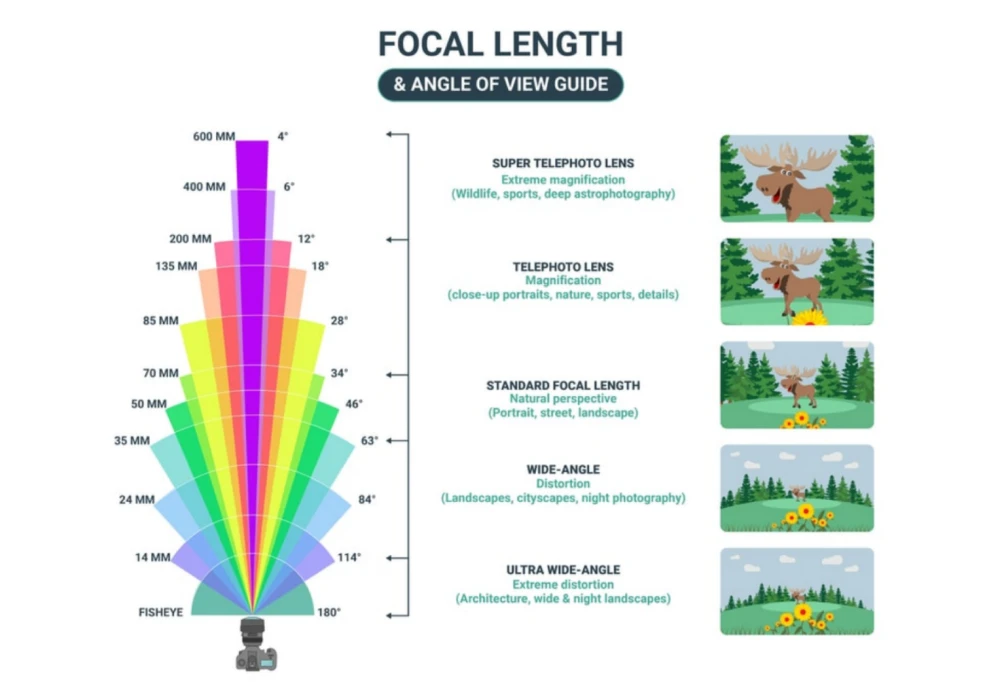
本指南说明了焦距及其相应的视角。例如,14mm 镜头提供极宽的视野,而 400 毫米的镜头提供非常狭窄的视野。50mm 镜头之所以被称为 “标准”,是因为其视角与人类视觉非常相似。
制作人工智能视频时,通常会忽略视角,只组合生成的场景。但是,在广告中,视角不仅仅是取景——它传达意义,唤起情感,塑造视频的说服力结构。
镜头的感知差异
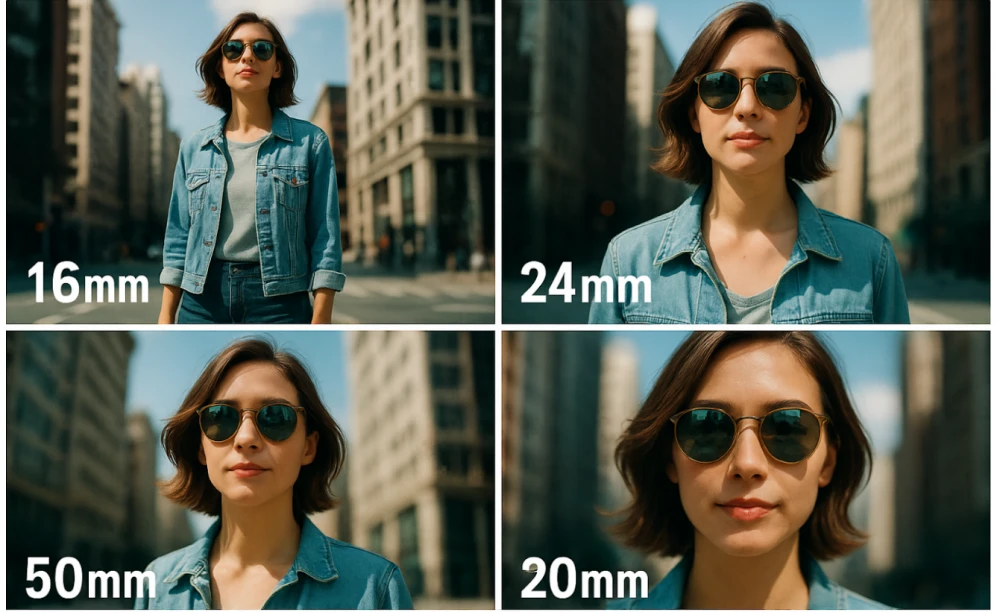
这说明了焦距如何影响感知:
- 16/24 毫米(宽): 宽阔的背景,可能的拍摄对象失真。非常适合提供能量、空间和存在感。
- 50 毫米(标准): 人眼触感自然;稳定、舒适,是传达普遍魅力的理想之选。
- 100 毫米(长焦): 强烈的主题隔离、模糊的背景、戏剧感和奢华感。
智能手机前后视觉风格的演变
智能手机摄影的兴起彻底改变了我们拍摄、共享和感知图像的方式。智能手机让每个人的口袋里都有强大的摄像头,使摄影比以往任何时候都更容易获得和普及。
这种转变不仅影响了个人表达,还影响了品牌和广告商创建视觉内容以更真实、更直接的方式与受众建立联系的方式。
- 在智能手机出现之前:
- 人们使用紧凑型相机拍摄日常快照,使用数码单反相机/胶片相机拍摄艺术的高质量照片。
- 浅景深是专业精神和复杂性的标志。
- 2000年代的电视广告更倾向于使用模糊背景的 “人像风格” 镜头来突出拍摄对象。
- 智能手机之后:
- 智能手机摄像头的兴起导致了日常图像和视频的爆炸式增长。
- 广角镜头(24—27mm)成为默认镜头,观众逐渐习惯于清晰、宽阔的镜框。
- 肤浅的景深美学开始让人感觉已经过时了,尤其是在年轻一代中。
- 在线和社交媒体广告采用了更宽的角度,通常使用35mm以下的镜头,以创造开放和真实的视觉效果。
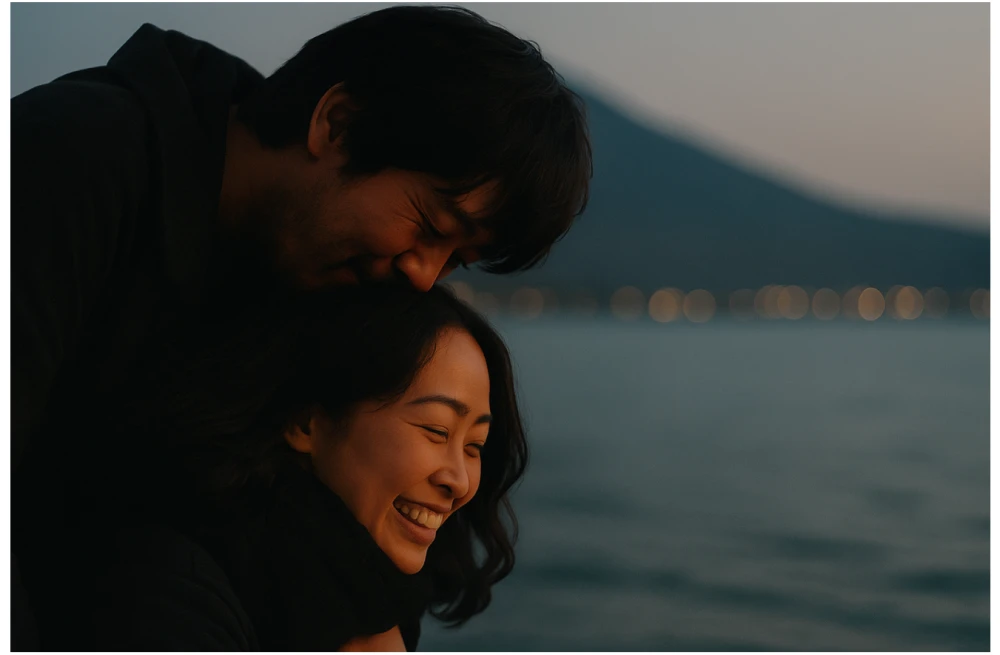
视频镜头实用小贴士
- 对于移动和社交媒体上的年轻观众,使用广角镜头来强调空间、即时性和充满活力的场景,让人感觉开放和充满活力。这有助于快速吸引注意力,营造联系感和真实感。
- 对于金融、医疗和高档商品等领域的老年受众,使用标准或长焦镜头来传达信任、尊严和稳定性。较窄的角度可以集中注意力,营造出精致的专业音调,增强权威性和可靠性。
- 在不同平台(电视、户外、社交媒体)上投放广告时,请调整视角以适应媒体和受众的期望。例如,在电视上使用更紧密的电影镜头,在社交媒体上使用更宽、更身临其境的角度,以匹配观看习惯和背景。
心理距离
视角还编码心理距离:
- 长焦: 大型孤立的主体、模糊的背景 → 对焦、排他性、抱负。
- 宽: 大背景下的较小主题 → 亲密关系、日常熟悉感、开放性。
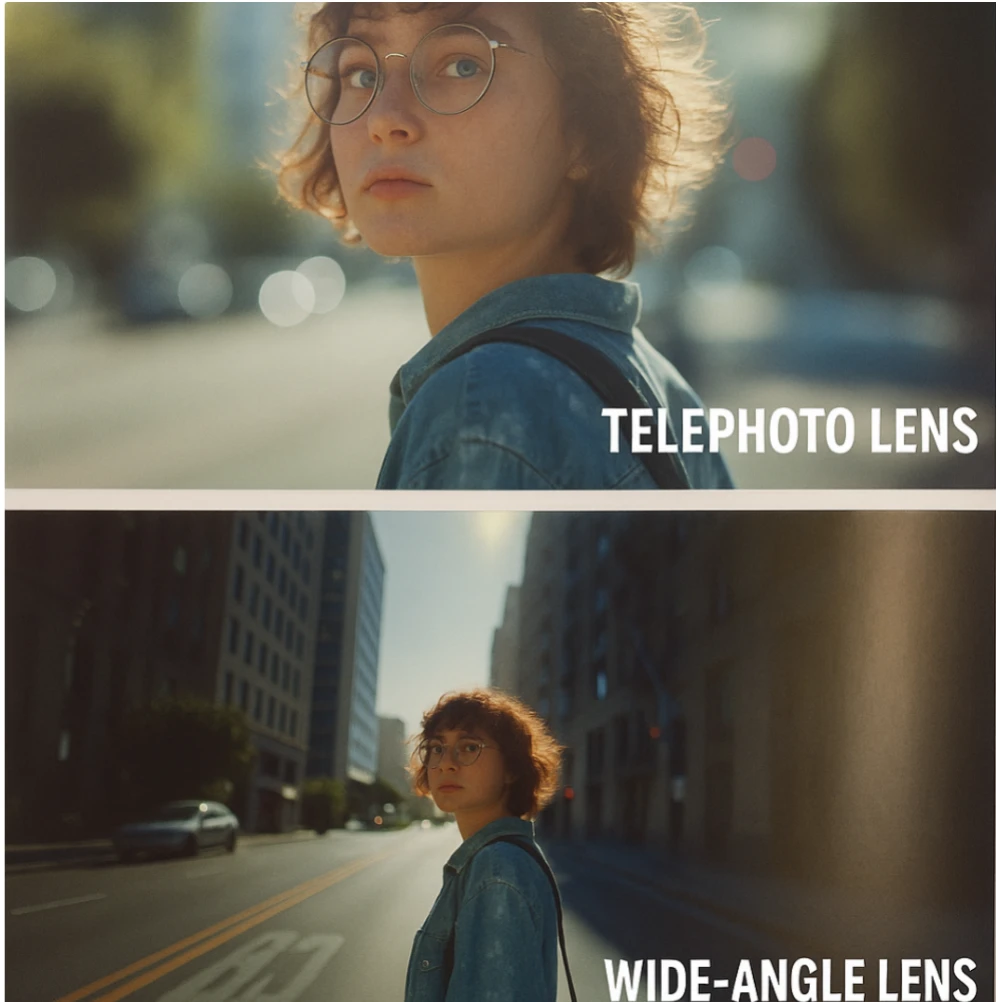
即使拍摄对象大小均衡,由于摄像机的物理位置,印象也会有所不同:
- 远距离拍摄(长焦): 传达抱负、稀有度、目标。
- 近距离拍摄(广角): 传达亲密感、可访问性和熟悉度。
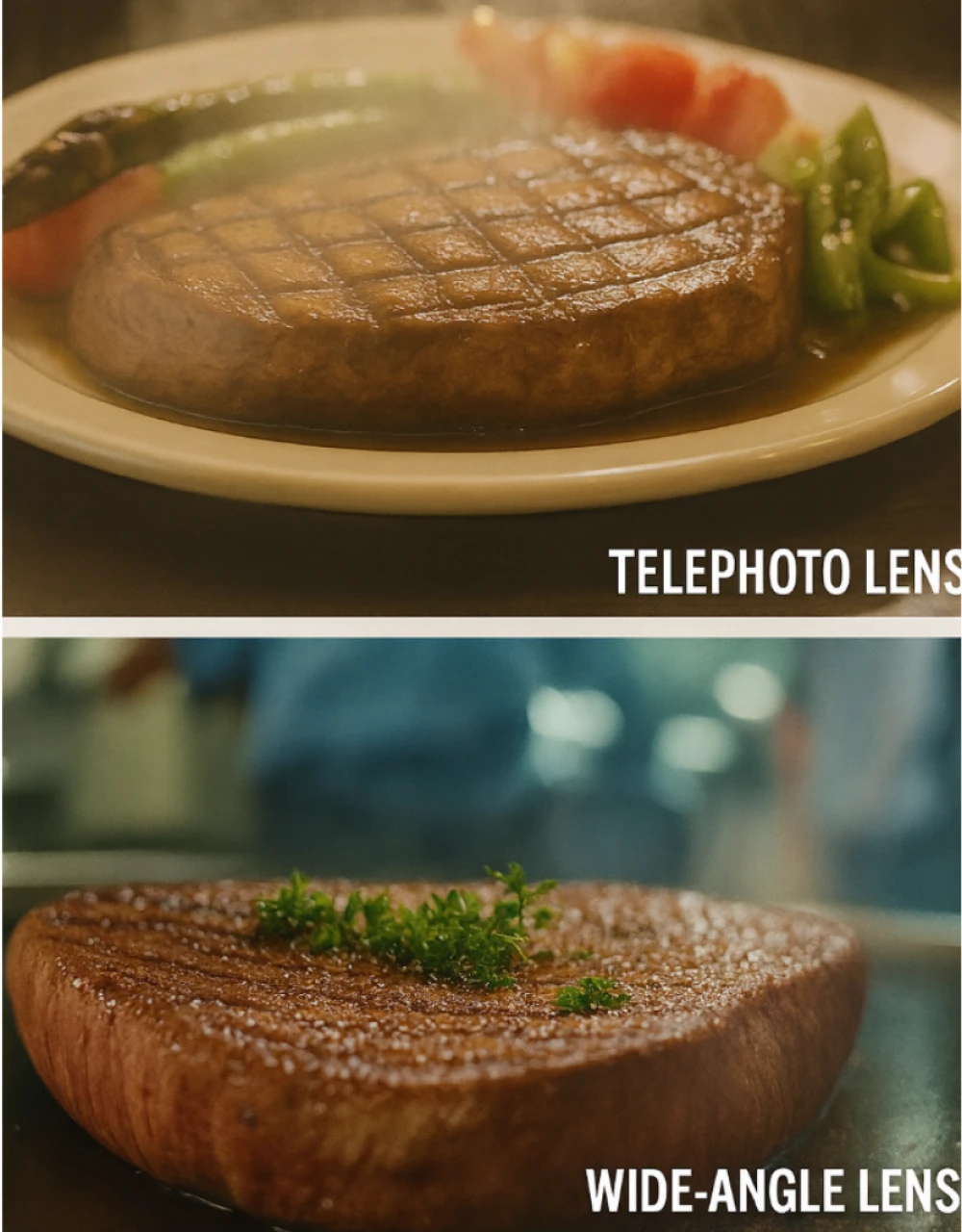
简而言之, 视角设计直接影响消费者心理和购买决策。
人工智能广告也不例外:为了引起共鸣,创作者必须根据目标、产品类别和核心信息故意设计心理距离。
2。Cutaway:让 AI 广告变为现实的编辑技术
尽管基于人工智能的视频制作进展迅速,但它仍然面临着挑战:动作失真、合成尴尬或复杂的摄像机移位下的不自然动作。解决这些限制的有力方法是通过 剖面图 技术。
什么是剖面图?
剖面图是一种编辑设备,其中一个场景过渡到另一个场景以强调意义或提供上下文。在电影中,这可能采取回想角色在关键时刻的过去的形式,或者在电视剧中,快速插入社交意象以增加对话的风险。
本质上是一个剖面图 与当前场景相得益彰,直观地传递情感和信息。
现代轿车广告中的剖面图
以下图片来自 现代商用轿车。
- 第一张照片显示一辆光滑的轿车在城市中平稳滑行。
- 下一个剪辑切换到无数人在人行横道上过马路的头顶镜头。
这种转变不仅突显了轿车的驾驶性能。通过展示行人的生活节奏,汽车不仅仅是一辆车——它成为行人生活的一部分 日常生活的脉搏。
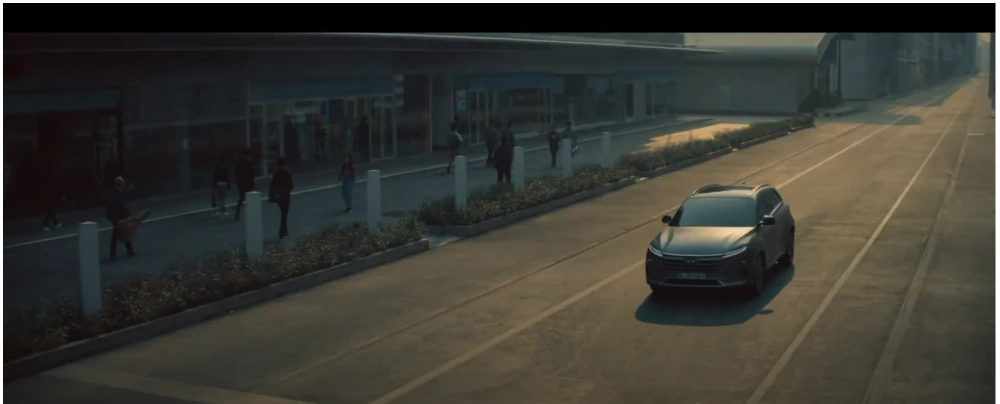
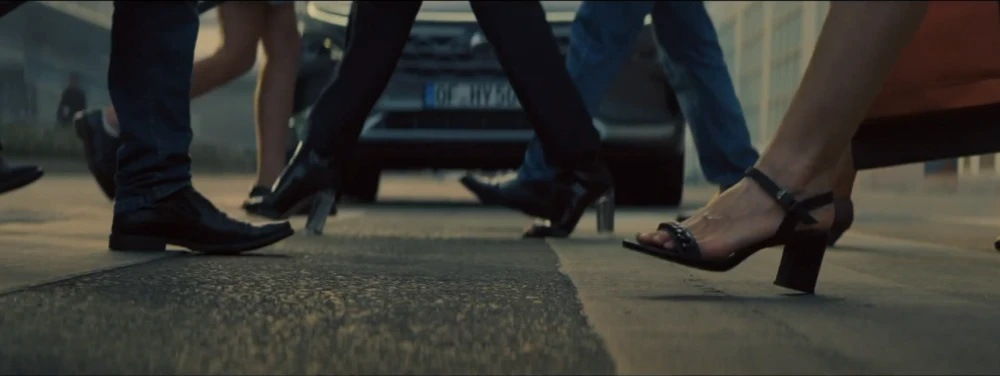
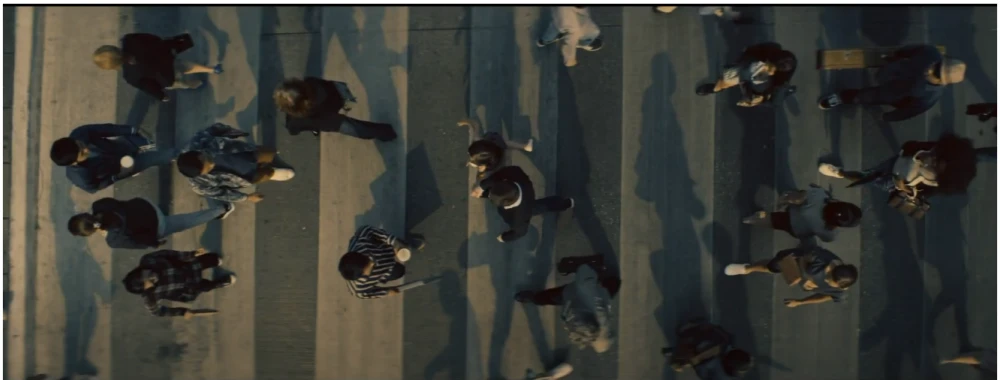
一辆与你共度生活的轿车
通过剖面图,轿车的含义不仅限于规格或设计,还体现了其在人类生活中的作用。
人行横道场景象征着:
- 无数个人的多样化套路,
- 每天的步伐塑造了城市的节奏,
- 而轿车则悄悄地与所有人并驾齐驱。
如果与类似的线条配对 “一辆承载你生命的轿车,一辆反映你的轿车,” 商业广告将汽车从单纯的运输工具变成了 生活伴侣。
为什么 Cutaways 在 AI 广告中很重要
由于人工智能视频通常会暴露细微的视觉缺陷,因此剖面图提供了自然的补救措施,同时增强了整体故事的讲述能力。
剖面图很有价值,因为它们:
- 掩盖 AI 的技术局限性,
- 强化以人为本的情绪,
- 唤起观众潜意识中的同理心。
因此,它们不仅是编辑选择,而且是 传递共鸣的战略工具。
连接到 AI 工作室
和 AI Studios' AI 视频生成器,每个人都可以使用角度和剖面图等高级技巧,而不仅仅是电影专家。用户无需摄像机即可轻松创建不同的视角并增加叙事深度。人工智能可以模拟各种视图,而剖面图则为广告添加情感和讲故事的层次。从风格和逻辑到创意影响力,AI Studios引领了人工智能商业视频制作的新时代。
